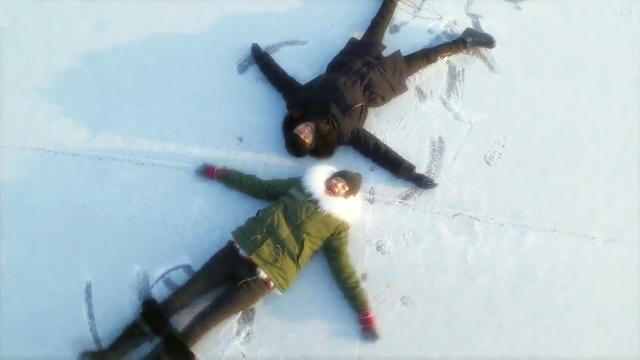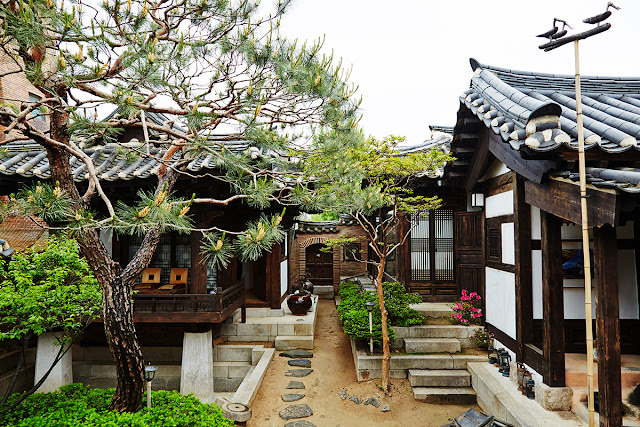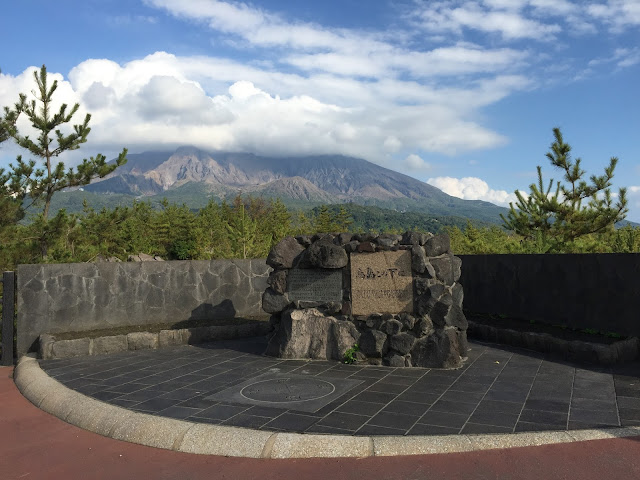Korea is an endlessly fascinating country to me. I have been there three times but I think I have only just barely scratched the surface as to what this country offers!
As part of my entry for the Global Wow Korea contest, I present to you my top 8 reasons why I want to visit Korea:
#1 History
My current obsession is the sageuk drama, Moon Lovers: Scarlet Heart Ryeo. After watching this show, I have become quite curious about Korean history and the different kingdoms that defined the nation. It's all very new to me as I was never really the history buff growing up, but this show - set in the Goryeo dynasty - really piqued my interest. I've gone to the extent of reading books about Korean history, but what I really want to do is to visit the National Museum of Korea (which is the flagship museum of Korean history and art in South Korea) and the Baejke Cultural Land, a historical theme park that was also used in the show! Prince Wang So won't be there, but I'm sure there are loads of other interesting things to occupy me there!
 |
| Baejke Cultural Land |
 |
| Baejke Cultural Land |
#2 I need to see my oppas
Jung Ji Hoon. Song Joong Ki. Lee Joon Gi. Park Seo Joon. Kang Ha Neul. Kim Soo Hyun. Jung Yong Hwa. The list of oppas I wanna meet goes on and on! It was the Hallyu wave that first got me interested in all things Korean and rightfully so, every trip to Korea should be marked with some major fangirling action! Besides stalking the vicinity around entertainment companies, it would be awesome to attend fan meetings and concerts too!
#3 I wanna eat all my favourite food
Although Singapore has a lot of Korean restaurants and cafes, nothing beats eating the real thing over in Korea!! I am so obsessed with eomuk (fishcake) and banana milk that I literally eat it everyday! And who can forget the samgyeopsal, budae jjigae, tteokbokki, kalguksu, bibimbap, pajeon, hotteok, mandu, japchae, soondubu jjigae, patbingsu etc etc etc! Whether we're dining in upscale restaurants or hole-in-the-wall eateries or just munching on street food, I simply LOVE IT ALL! Mashiseoyo!
#4 I want to shop till i drop
When I travel to Korea, I try my darnest to keep my luggage as empty as possible. WHY? There are endless opportunities to shop up a storm at megamalls, department stores, wholesale markets, fashion streets, luxury boutiques, independent stores etc! Like most girls, I love to shop for made-in-Korea clothes, shoes (i think shoes here are really really well made) accessories and cosmetics. And of course, I never leave Seoul without hitting the supermarkets to stock up on Korean snacks. The only worry is how to cram everything into the luggage and not going over the weight limit!
 |
| Photo Credit: visitkorea.or.kr |
#5 I want to make snow angels with Do Min Joon
I've visited Korea during the spring and autumn time, but I've never experienced winter. I want to try skiing, making snow angels, and fishing for trout in an ice hole! I often see couples doing this on variety shows and dramas and it looks like a perfect date activity! And if you're cold, you can just hug each other! HAHAHA!
#6 I want to stay in a Hanok
When I go to places like Insadong and Bukchon, I often look on enviously at people who come in and out of the elegant Hanoks and wonder what it looks inside. If I go visit Korea again, staying in one of these beautifully preserved traditional homes will definitely be on top of my to-do list. The architecture and meaning behind Hanok houses are really interesting and offers a glimpse into how people used to live hundreds of years ago. Staying in one would be a great way to fully immerse ourselves in Korean heritage and culture.
 |
| Jeonju Hanok Village |
As much as I love city life, sometimes you just want to get away from the hustle and bustle and go back to basics. That’s why the concept of slow cities is so appealing to me. The NGO, Cittaslow International, has designated 11 Korean villages as “slow cities”. How fun it would be to experience staying on a farm in the rural countryside or fishing village or even go island-hopping or trekking!
 |
| Terrace fields in Hamyang |
 |
| Cheongsando Island in Wando |
#8 I want to visit an Jjimjilbang
Jjimjilbang are SO MUCH FUN! A jjimjilbang is a bathhouse with numerous hot tubs filled with spring water. There are usually also saunas, spas and massage rooms. I’ve visited one in Busan before and I really want to go again! Once you get over the initial fear of being nekkid in public, you will realise that visiting the jjimjilbang is one of the most relaxing experiences you can have. It’s especially nice to visit after a long day of shopping! And don’t forget to make your own yangmori or lamb head out of the towel they give you!!
Note: This post is done as an entry to participate in the Global Wow Korea contest. See below for more deets! :)














































